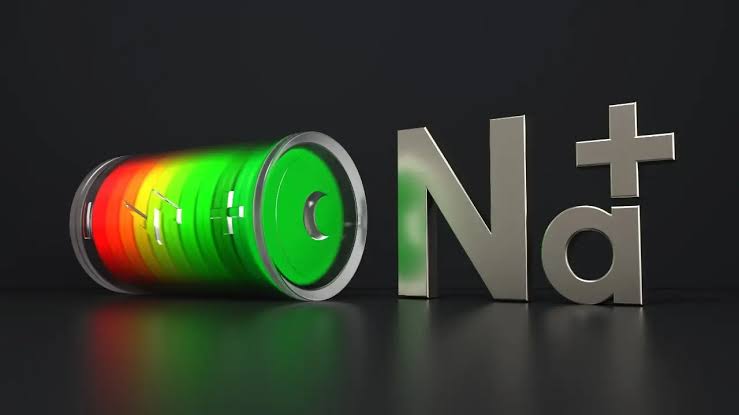
Are Sodium battery the choice of future for more sustainable world? Should we replace the existing Lithium batteries by 2030 and go for Sodium? Let’s find out..
Batteries are an essential component of our daily lives today. They power everything from cell phones and laptops to electric vehicles and renewable energy systems all over the world. By far, Lithium batteries have been the dominant technology for a long time. Only in recent time, sodium batteries have been gaining attention as a potential alternative. They offer several advantages over lithium batteries and for a long run they are sustainable too.
Though discovered in the 1990s, the successful development of sodium-ion batteries in 2009 by Aquion Energy has opened up new possibilities for sustainable and affordable energy storage solutions. While there are still challenges to be addressed, the potential benefits of this technology make it an exciting area of research, with significant potential for impact in the future.

Table of Contents
SODIUM vs LITHIUM BATTERY:
Performance:
A Second generation Sodium battery gives similar performance to the lithium-ion batteries. They have an energy density (100 Wh/kg to 150 Wh/kg and even more) and voltage comparable to lithium-ion batteries, which means that they can be used in the same applications, such as electric vehicles, renewable energy systems, and consumer electronics. Additionally, sodium batteries have a longer cycle life than lithium-ion batteries, meaning that they can be charged and discharged more times before needing to be replaced. This increased performance could make sodium batteries a more attractive option for consumers, who could benefit from longer-lasting batteries that require less frequent replacements in future.
Abundance:
The most significant advantage of sodium batteries over lithium batteries is the abundance of Sodium in nature as a metal. Sodium is much more abundant and widely available than lithium, making it easier and potentially cheaper to produce sodium batteries. Lithium is a rare metal that is mainly found in a few countries, such as Chile, Australia,Argentina, China and Portugal. This low availability can be easily a subject to geopolitical tensions and price volatility. But Sodium is the sixth most abundant element in the Earth’s crust and is widely distributed across the world, which is more readily available for battery production leaving less competition among countries around the world.
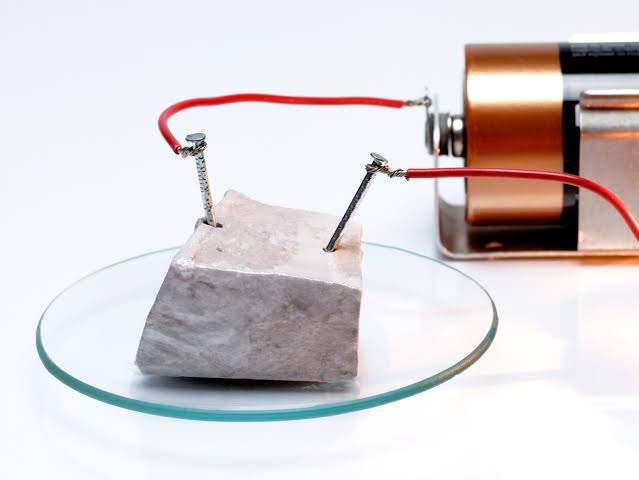
Safety and Stability:
Another advantage of sodium batteries is it’s safety. Sodium is less reactive than Lithium, hence sodium batteries are safer to handle and use. Lithium batteries are prone to thermal runaway, a process where the temperature of the battery increases rapidly, resulting in a sudden fire or explosion. Sodium batteries, on the other hand, are less likely to experience thermal runaway, making them safer for use in the large-scale energy storage sectors and electric vehicles. A long charging time of sodium batteries don’t cause battery damage a and it’s chemical reaction is also corrosivity free. These features of increased safety could lead to wider adoption of sodium batteries in various industries in future, making them a more attractive option for consumers and businesses alike.
Cost effective:
Battery cost is an important factor that makes sodium batteries an attractive option for energy storage. Sodium is cheaper than lithium. So it a more cost-effective material for battery production.The lower cost of sodium batteries could make them more accessible to consumers, especially in developing countries, where access to affordable energy storage solutions is crucial for the adoption of battery for electric vehicles. Furthermore, the lower cost of sodium batteries could also make them more attractive to utility companies, that can use them to store renewable energy on a large scale, helping to increase the penetration of renewable energy into the grid for mass usage.
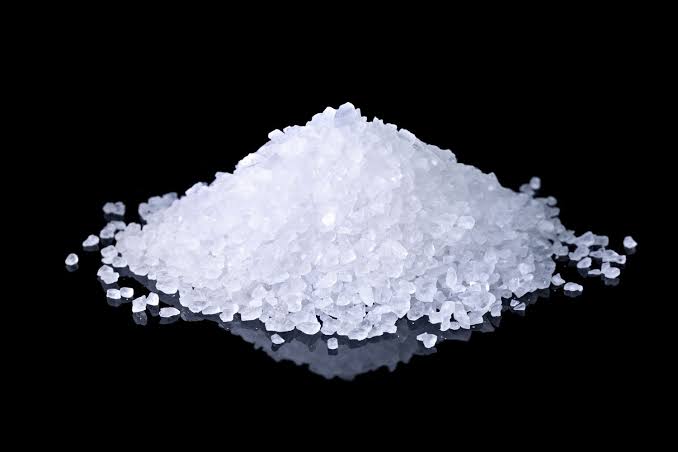
Sustainable Recycling:
Recycling is another advantage of sodium batteries over lithium-ion batteries. As an element, Sodium is easier to recycle than lithium. So the production process for sodium batteries more sustainable. Lithium-ion batteries are tough to recycle because they are composed of multiple metals and materials. It is really difficult to separate and recycle them. In contrast, sodium batteries are easier to recycle because they conta huin only one metal, Sodium. The ability to recycle sodium batteries more effectively could help to reduce the environmental impact of battery production and create a more sustainable energy storage system.

Disadvantages:
Lower Energy Density
As Sodium has lower energy density ( normally 100-150 Wh/kg) than Lithium (180 Wh/kg), so technically the same amount of Sodium gives less energy than the same amount of Lithium but the problem is not experienced by the user of the battery in real field.
Weight
One of the greatest disadvantages of sodium-ion batteries is it’s heavy weight than the Lithium batteries. In electric vehicles, where weight is a critical factor, Sodium batteries have not been used so far. But in future the development of sodium battery is going to solve this problem because sodium batteries can be covered with lighter metals like Aluminium which can’t be used in Lithium batteries.
Lower Cycle life
Sodium batteries have lower Cycle life than Lithium batteries but Sodium is cheaper, easily recyclable, more stable, less harsher on environment, easily available. All these advantages are with Sodium ion batteries.
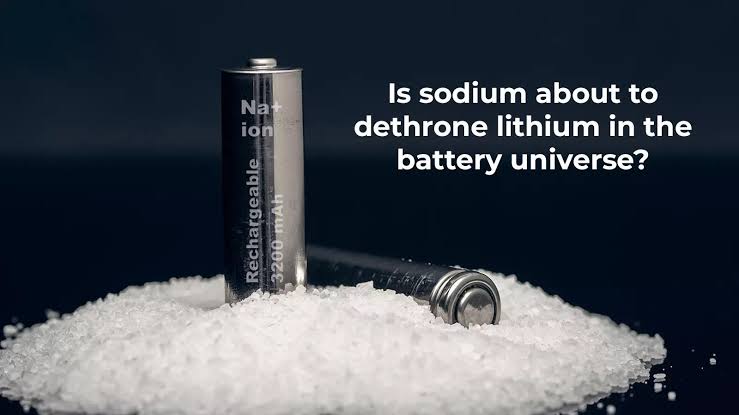
All Sodium battery by 2030:
There is little doubt that the future is of Sodium ion batteries. The R&D of battery technology is seeing a rapid growth due to the potential electric vehicle market all over the world that also considers environment issues. Companies like Contemporary Amperex Technology Co. Inc. (CATL), that supplies battery to Tesla, suggests to increase the energy density of the Second generation Sodium batteries upto 200 wh/kg. It might start it’s industrial supply chain from 2023. But can Sodium batteries replace the Lithium ion batteries by 2030?
Experts think not yet, as there is still much development needed for Sodium battery research to replace Lithium ion batteries
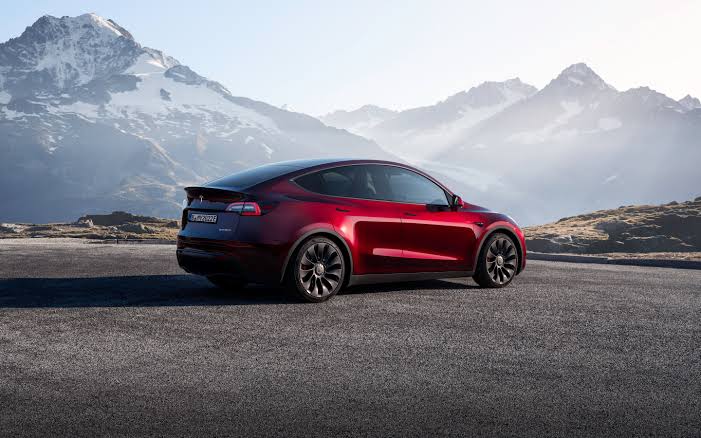
Top Sodium ion battery companies :
Let’s learn about the top 15 sodium ion battery companies in the globe and their heaquarters:
- CATL (Ningde, China)
- HiNa battery ( Zhongguanjcun, China)
- Natron Energy (California, USA)
- Panasonic (Osaka, Japan)
- Faradion ( Sheffield, England)
- Kishida Chemical (Osaka, Japan)
- Mitsubishi Chemical (Tokyo, Japan)
- Natrium (Zhejiang, China)
- Ronbay technologies (Zhejiang, China)
- ZOOLNASM (Jiangshu, China)
- Altris (Uppsala, Sweden)
- TIAMAT Energy Picardie, France)
- AGM batteries (Caithness, Scotland)
- NGK (Nagoya, Japan)
READ MORE: Giant water battery in Switzerland
( Images used are not intended for copyright violation.We acknowledge sincere gratitude to Blackrigde research,PNNL,Wired, S&P global,Stanford News,Tesla and other sources for using images from them)